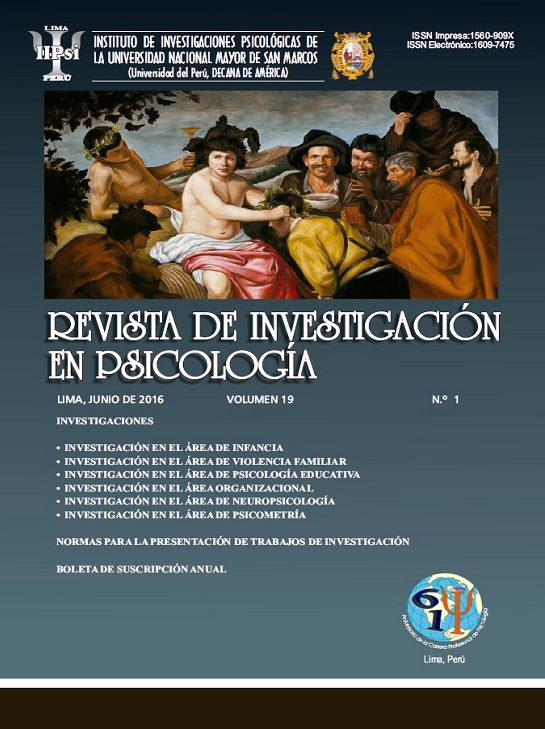Child development in rural areas children as from the baseline study of the National Program Cuna Más, 2014
DOI:
https://doi.org/10.15381/rinvp.v19i1.12442Keywords:
early childhood development, asq-3, childhood, ruralAbstract
Objectives. To know the levels of child development and explore its relationship with socioeconomic status and maternal education. Methods. Quantitative – exploratory study done between March and August 2013. The study include information about 5859 children of 1- 24 months at the interview and their 5723 mothers (or primary caregiver), from 5620 rural homes. We applied an adapted version of Age and Stages Questionnaire ASQ-3 and a socio-demographic questionnaire. Results. Scores in the scales of communication and fine motor showed that, as age is higher, the gap in the results of the scales increases. In general, children less poor quartile in the sample obtain higher scores than children from the poorest to the five dimensions evaluated quartile. On the other hand, there are differences in the five scales and the total score between the scores achieved by children with mothers more and less educated. Conclusions. The study has established that there are differences in the scores obtained in the ASQ-3 based in variables as age, maternal education and wealth level.Downloads
Published
Issue
Section
License
Copyright (c) 2016 David Tarazona C., Miguel Campos S., Miguel Ugarelli Z., José E. Velásquez H., Fernando Llanos Z.

This work is licensed under a Creative Commons Attribution-NonCommercial-ShareAlike 4.0 International License.
THE AUTHORS RETAIN THEIR RIGHTS:
a. The authors retain their trademark and patent rights, and also on any process or procedure described in the article.
b. The authors retain the right to share, copy, distribute, execute and publicly communicate the article published in the Journal of Research in Psychology (for example, place it in an institutional repository or publish it in a book), with acknowledgment of its initial publication in the Journal of Research in Psychology.
c. Authors retain the right to make a subsequent publication of their work, to use the article or any part of it (for example: a compilation of their work, lecture notes, thesis, or for a book), provided that they indicate the source. of publication (authors of the work, magazine, volume, number and date).























